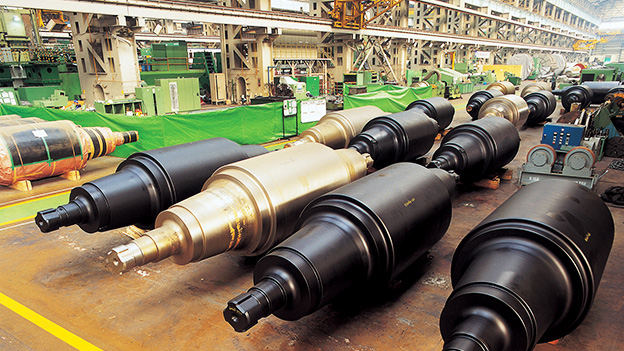Blacking, when used for as a coating for the colouring of such metals as steel or iron, proves to be a convenient and safe way to increase the value of a metal component. The blacking process itself involves chemical immersion, which takes place at room temperature. The applied finish can be implemented without any ultimate change in a component’s dimensions. As a result, this process is often used for tooling and machine-manufactured products.
Therefore, blacking performed at room temperature is often facilitated for machinery companies and engineering firms. Most customers who require blacking produce iron and steel components that feature specific dimensions. As noted, when blacking is added, the apparent worth of a metal increases.
A Chemical Type of Process
The blacking process is defined as chemical blacking. Therefore, it is not the same as phosphating or parkerising, as some people believe. The consistent black finish that results from chemical blacking is typically 0.2 to 3.0 microns in thickness and offers more of a decorative value than protection. Because metal blacking does not affect dimensions, this type of procedure is useful for enhancing smaller machined parts. The process includes degreasing and, if needed, de-rusting. The part is then immersed in a bath. The component also receives a corrosion safeguard by being dipped into a dewatering oil.
The equipment used during blacking consists of running water rinses and tanks and does not necessitate the use of costly extraction equipment. The tanks and water rinses are typically situated near a production line and, in most instances, are run by non-technical workers. In a brief demonstration, the product is displayed by employing a potential customer’s steel part.
The Projected Cost
Any type of steel — mild, cast, or hardened tool steel — can be blacked with the exception of stainless steel. Cost-wise, when a litre of concentrate is bought at a cost of £12, an end user can anticipate to black a kilogram of steel for 12 pence. A litre of a concentrate finishes 6 metres of steel on average, depending on the type of substance layer that requires blacking.
An operator normally does not need to get rid of a working solution during the process as the concentration of the solution is re-established by adding more solution. If an entire tank needs to be disposed of, then waste services are requisitioned for the job. The blacking process can be successfully achieved even in those locales that have stringent environmental rules in force. These locales include such countries as Japan, Germany, Scandinavia, and the U.S.
One Final Overview
Therefore, room-temperature blacking is a basic immersion process that is designed for specific employment in a factory environment. As indicated, blacking does not physically alter the consistent colouring of a part or the sizing for threads, blind holes, and machined-type surfaces. As a result, blacking is accomplished by chemical conversion of an iron or steel surface. The basic steps include degreasing, dipping of the part in a surface-type conditioner, blacking, and a final dipping of the component in a dewatering type of oil.


